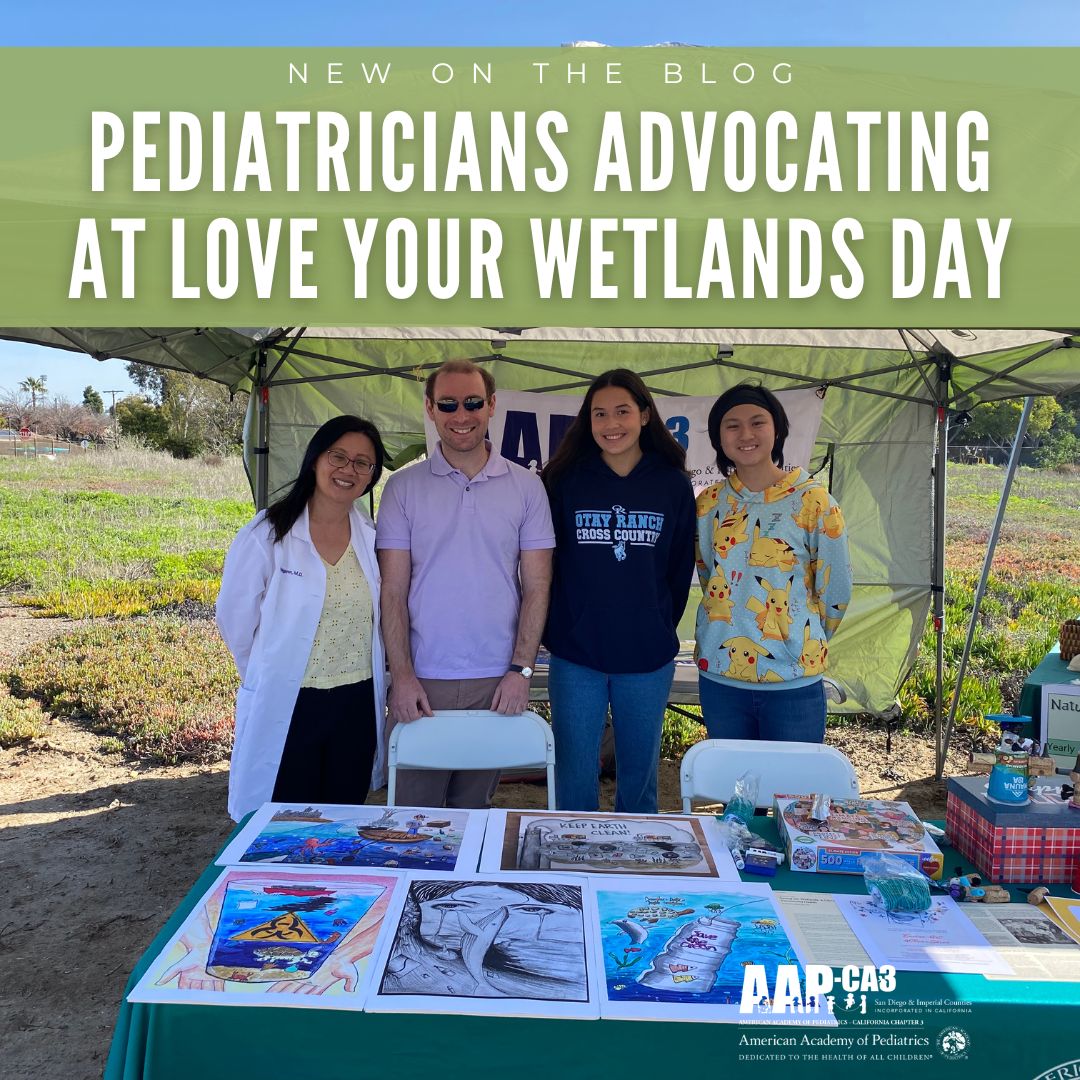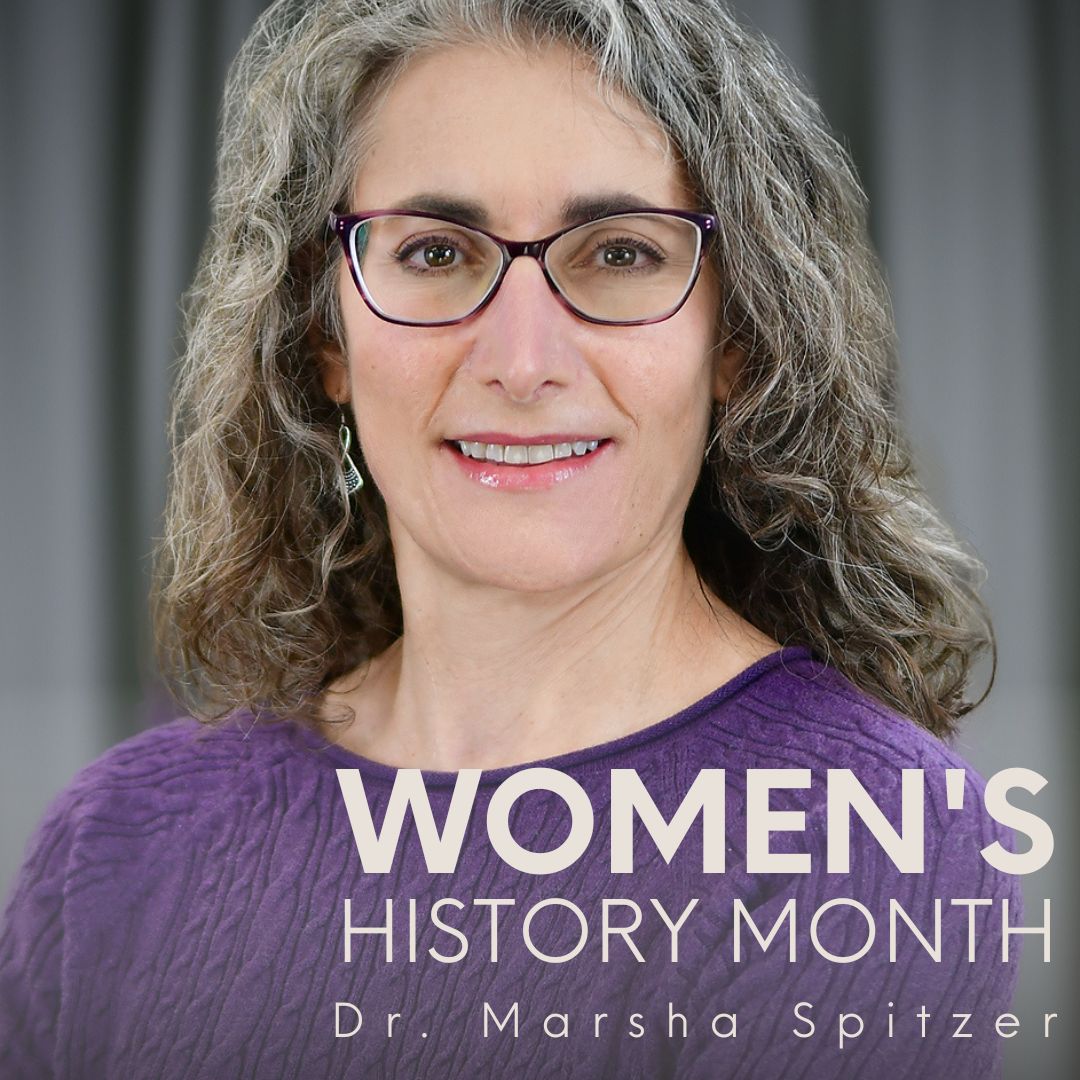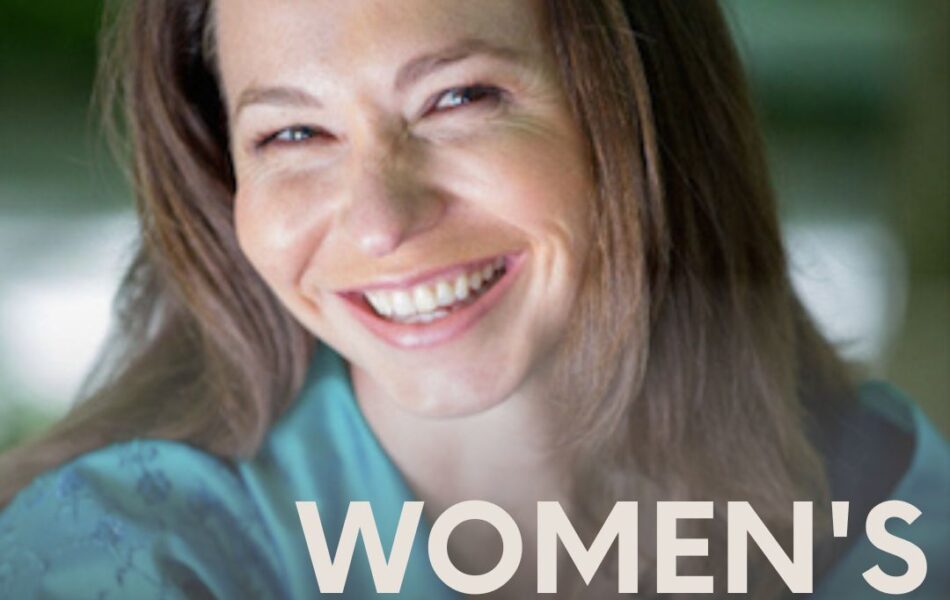
Pediatricians Continue to Advocate at San Diego Audubon at Love Your Wetlands Day
February 22, 2023
AAP-CA3’s Inspiring Women Feature on Dr. Marsha Spitzer
March 13, 2023AAP-CA3’s Inspiring Women Feature on Dr. Kanani Titchen
For Women’s History Month, we are recognizing chapter members who are making AAP-CA3 history.
Dr. Kanani Titchen, MD, FAAP, is an adolescent and young adult medicine specialist at Rady Children’s Hospital-San Diego and an assistant clinical professor of pediatrics at UC San Diego School of Medicine. She is board certified in both pediatrics and adolescent medicine.
Dr. Titchen has expertise in trauma-sensitive adolescent sexual and reproductive health and human trafficking and is the director of the Adolescent Reproductive Medicine Clinic. She is also the co-founder of the AMWA – Physicians Against the Trafficking of Humans.
Please take some time to read through Dr. Titchen’s insightful, thought provoking, and courageous story she shared with us. And if you haven’t already, we encourage you to watch her Tedx Talk on “How To Spot Human Trafficking.”

- When did you know you wanted to become a doctor/pediatrician?
“I didn’t know until my early 30s that I wanted to be a doctor. Medicine is sort of my 3rd career. I spent 7 years after college in professional theater and educational theater, another 4 years in biomedical “bench” research studying STI transmission and microbicides and osteoporosis, and I started my postbaccalaureate premed program at Columbia University thinking I would pursue veterinary science. As part of my Columbia program, I volunteered in the Emergency Department and found that I was really good with distressed people in crisis. Moreover, I enjoyed the work. I’ve always loved working with teens, and when I heard about the field of Adolescent Medicine during my MS3 pediatric rotation, that was kind of it for me.”
- Who are some of your role models and why?
“That’s a toughy! In my teens and 20s, I looked to leaders in science and the arts – Dian Fossey, Jane Goodall, Elizabeth Blackwell, Meryl Streep, Michelle Yeoh, Cecilia Bartoli… gradually, my role models became more personal – family, colleagues, friends. I think this is normal, yes? As we grow older, we start to realize that the people around us are incredible in their abilities to raise families and give back to communities and to just keep showing up day after day in an attempt to make each day better than the last. One mentor who stands out as truly visionary herself and supportive of my ideas and skills despite my nontraditional background is Dr. Eliza Chin, Executive Director of the American Medical Women’s Association; but if I start naming all of these role models, we’ll be here all day… they’re all around me.”
- What are the most significant barriers you had to overcome?
“As the daughter of a writer and a photographer, I might have had the only mother in history who was initially disappointed that her daughter wanted to be a doctor rather than a struggling actor! But I was ready to move back into science (I worked in primate research in college,) and I have no regrets. Barriers to entry included biases about my age, biases about the value of the arts and their place in medicine, my own inherent anxiety, and certainly biases about women in medicine. I experienced sexual harassment all along the way – unfortunately not an uncommon experience. But when I put my mind to something, I’m fairly tenacious, and I lucked out in the spouse and friends departments. So any barriers that have arisen, so far I’ve been able to knock down, step around, or surmount.”
- What are some of the leadership roles you currently hold, and can you speak to the importance of having more women in leadership positions?
“I’m currently Director of the Adolescent Reproductive Health Clinic at Rady Children’s and Coordinator for the UCSD medical school Adolescent and Young Adult Medicine rotations; I serve on the School Health and Advocacy committees for our AAP-CA3 chapter; and I’m a national leader in education around human trafficking and health care. I co-founded and led the anti-human-trafficking organization AMWA-PATH since my pediatric residency and continue to work with HEAL Trafficking.
Look, I think it’s pretty typical for people to feel encouraged when they see others like themselves succeeding – or even just represented. A soap company promoted their “Real Beauty” ad campaign years ago that featured women of all different body types in their ads. Suddenly, women with darker complexions, plumper bodies, older bodies, and shorter bodies were seeing themselves in magazines and in print. It was validating. The campaign was one of the most successful in advertising history.
We want and need to see ourselves represented in order to believe that we are valued, valuable, and able. It’s not just about having more women in leadership positions (although that’s a great place to start): it’s about variety, age, sex/gender, socioeconomic background, race, ethnicity, geography, life experience – diversity in all of these is important in leadership.”
- What advice would you give to women who are going through medical school, residency, or who are early in their career?
“Give attention and credence to people who answer you, “Yes, and…” Listen to those who hear your vision and recognize the value you bring to the table. Find your cohort – mentors, colleagues, people cut from the same cloth – and build these relationships. You’re stronger together. Pause when you encounter naysayers. Be curious, not judgmental – even with (perhaps especially with) yourself.”
- What are some initiatives/programs/efforts you would like to promote or want people to know more about?
“Some of the truly life-changing experiences and organizations in my life have included fostering a child through San Diego Youth Services; sponsoring a woman and her 3 children in Kathmandu, Nepal through House With Heart (where I was privileged to visit and work in medical school and again after fellowship); exploring improvisational, musical, and educational theater through La Jolla Playhouse, The Old Globe Theatre, San Diego Playwrights Project, and Lamb’s Players Theatre; and joining anti-human-trafficking efforts to support survivors and prevent human trafficking through HEAL Trafficking, AMWA-PATH, and Hope for San Diego.”


